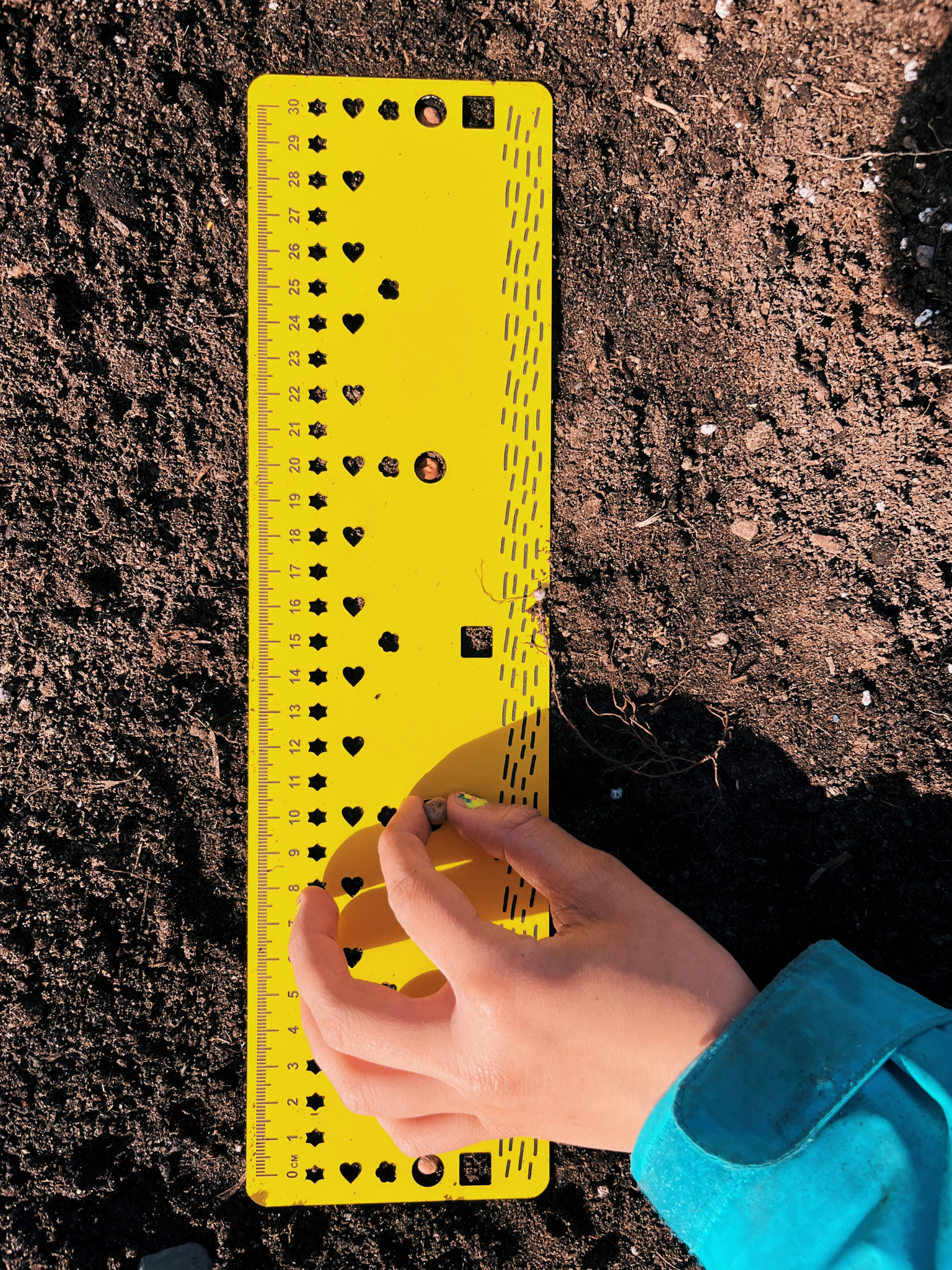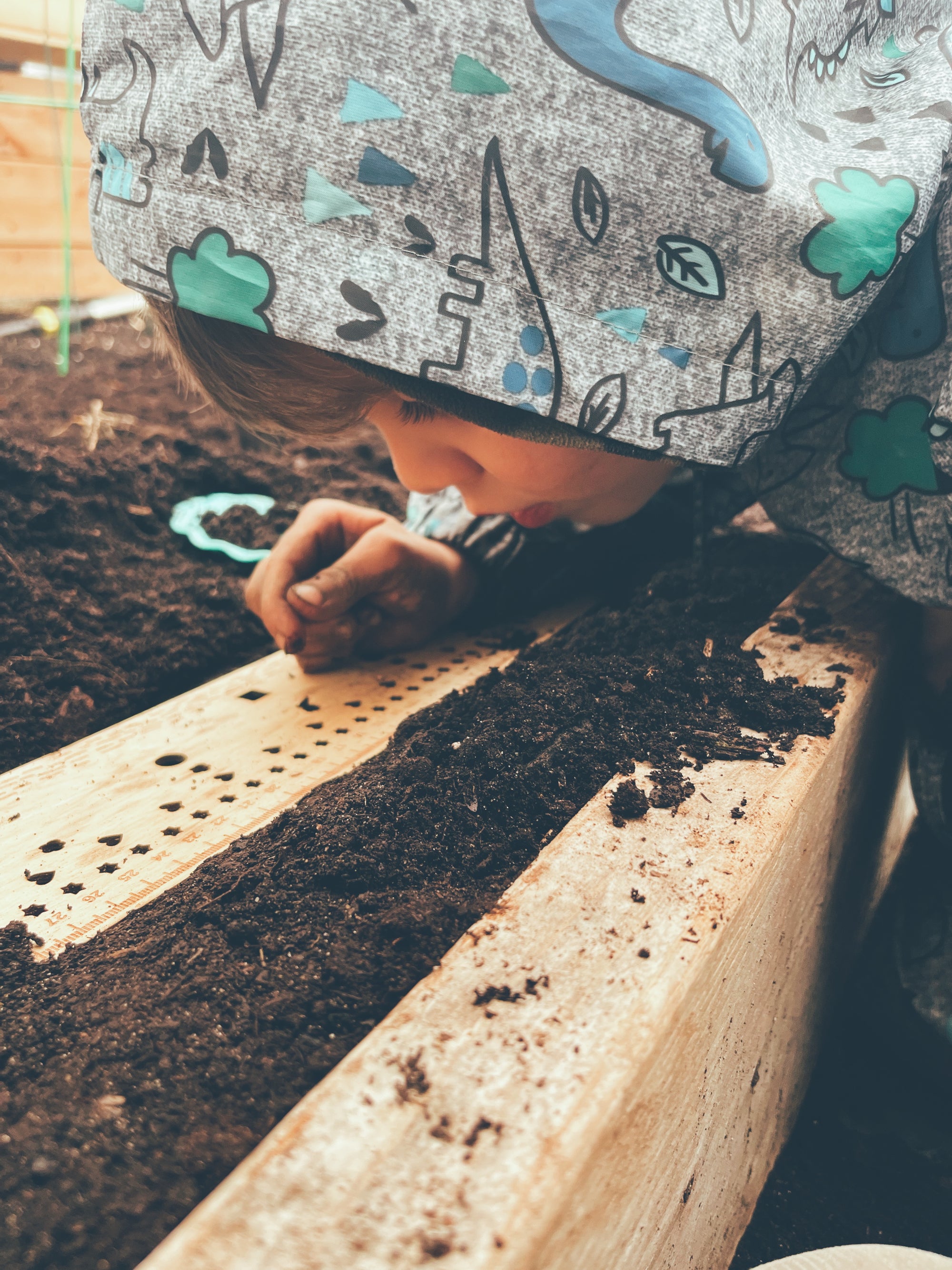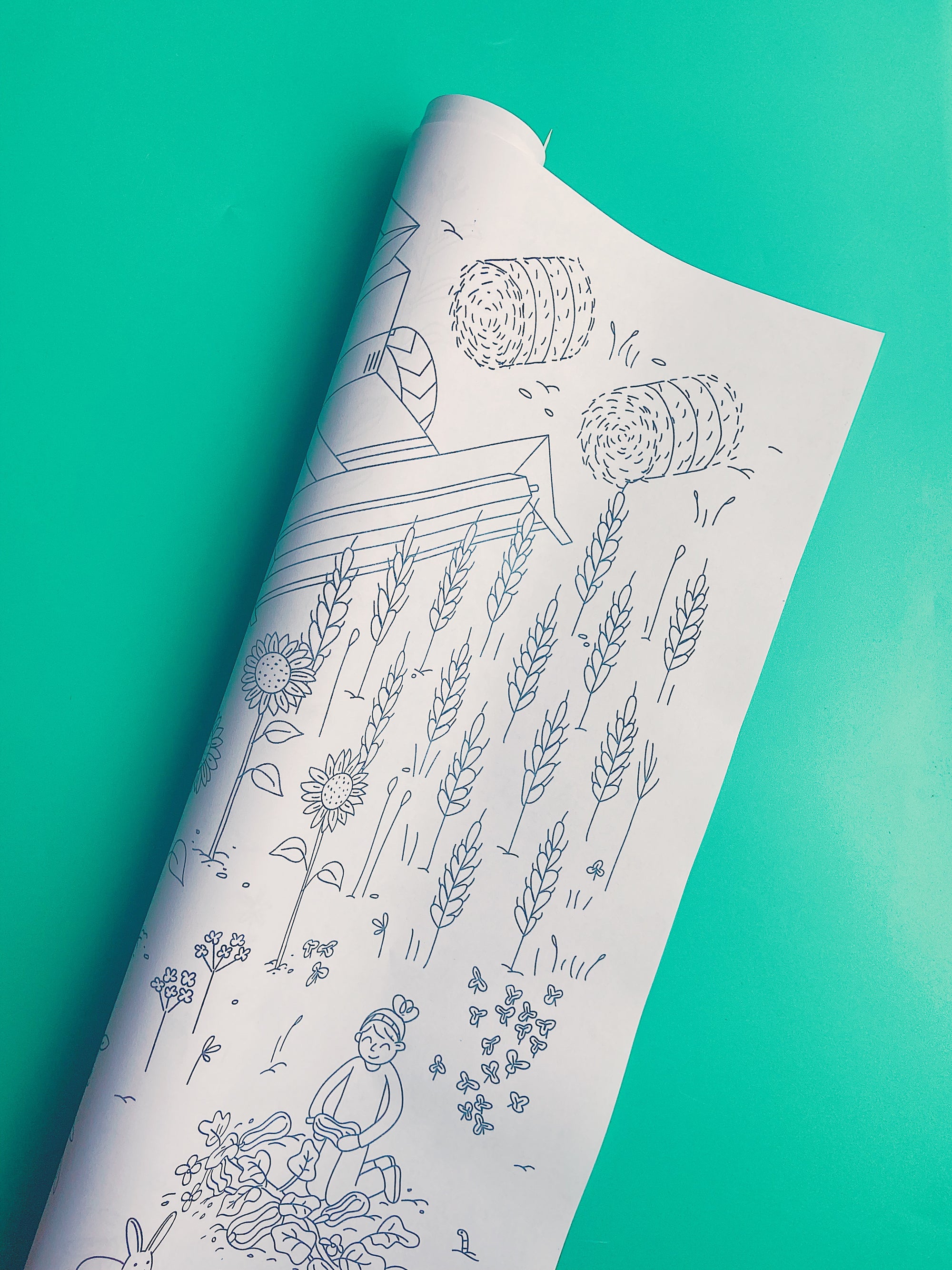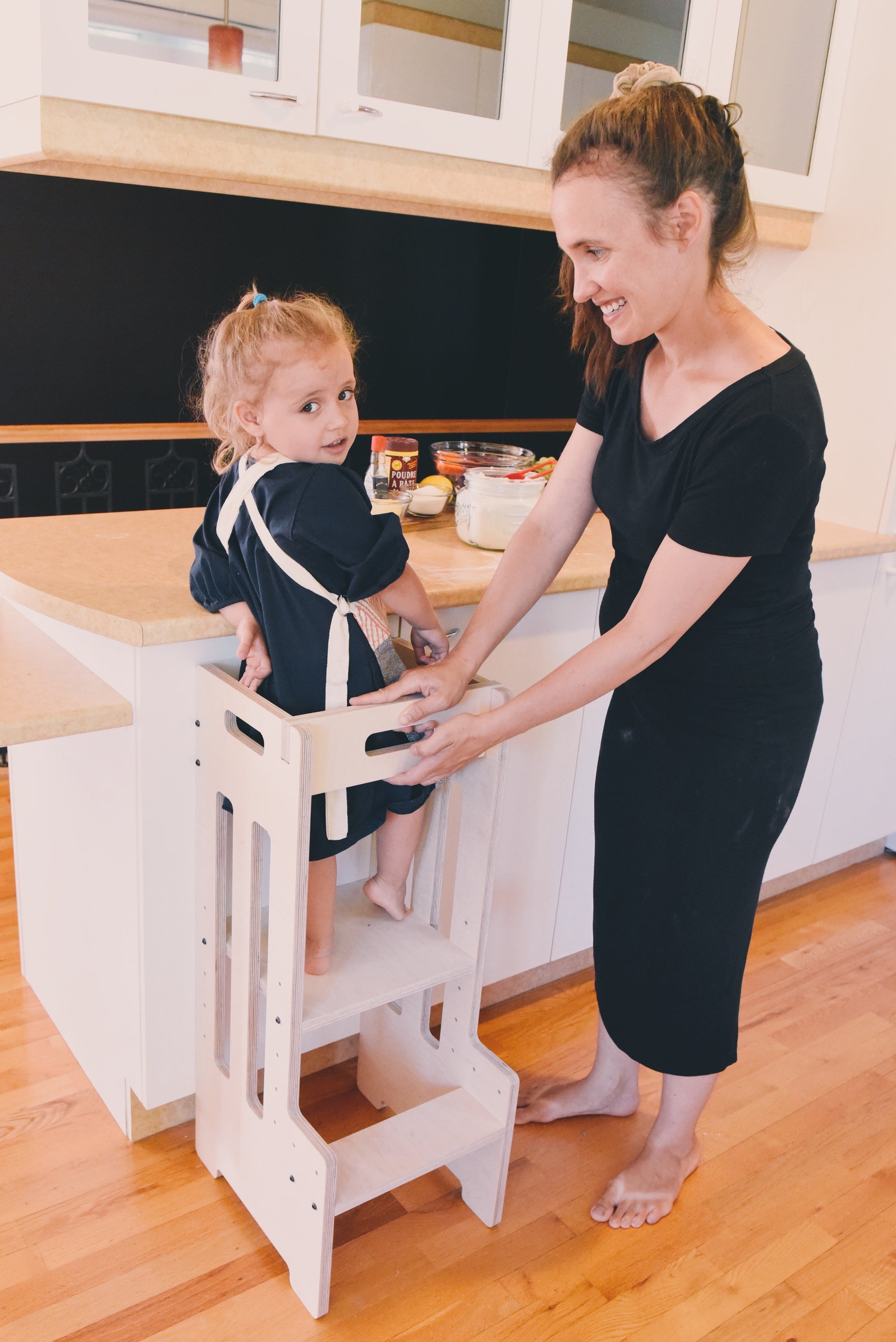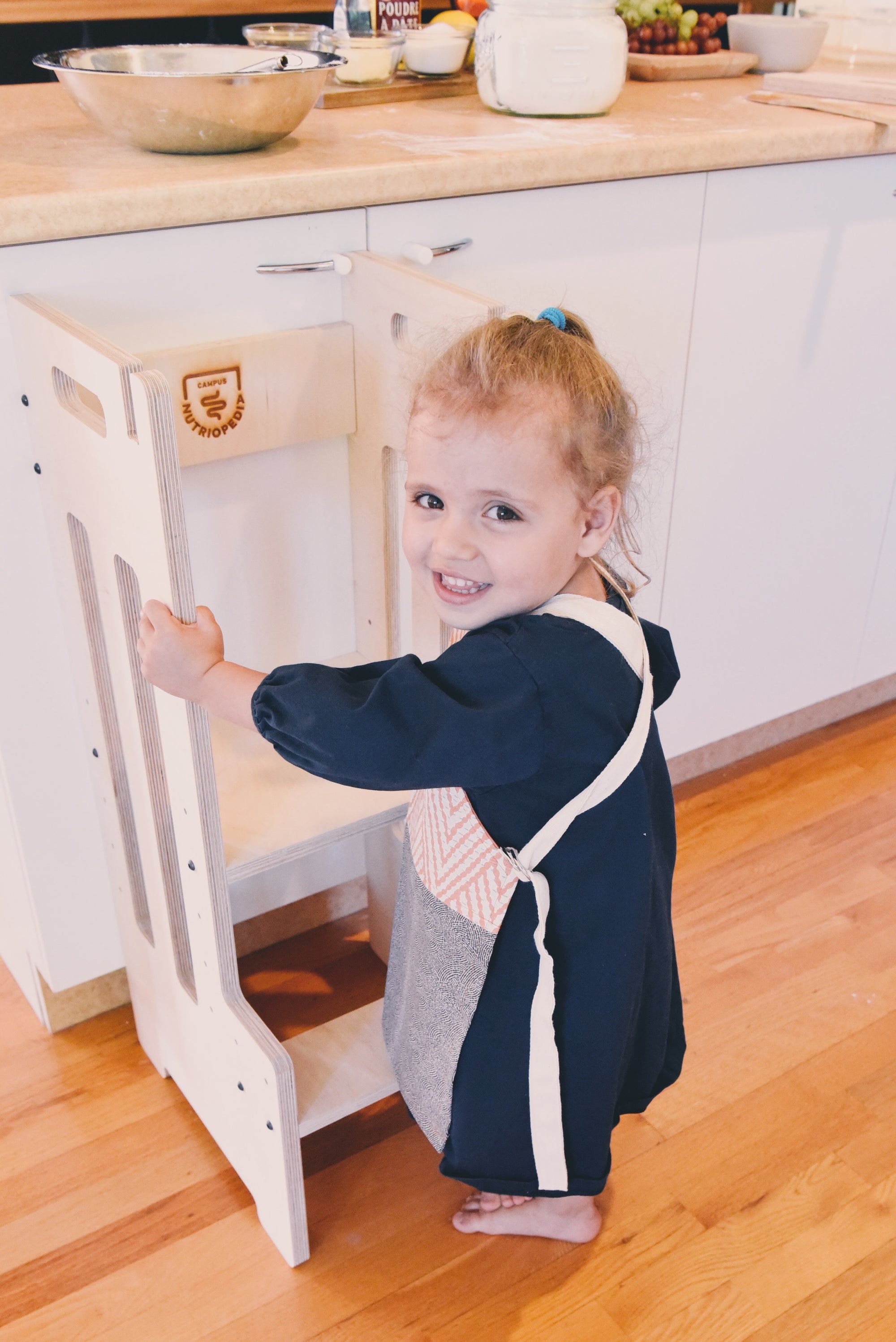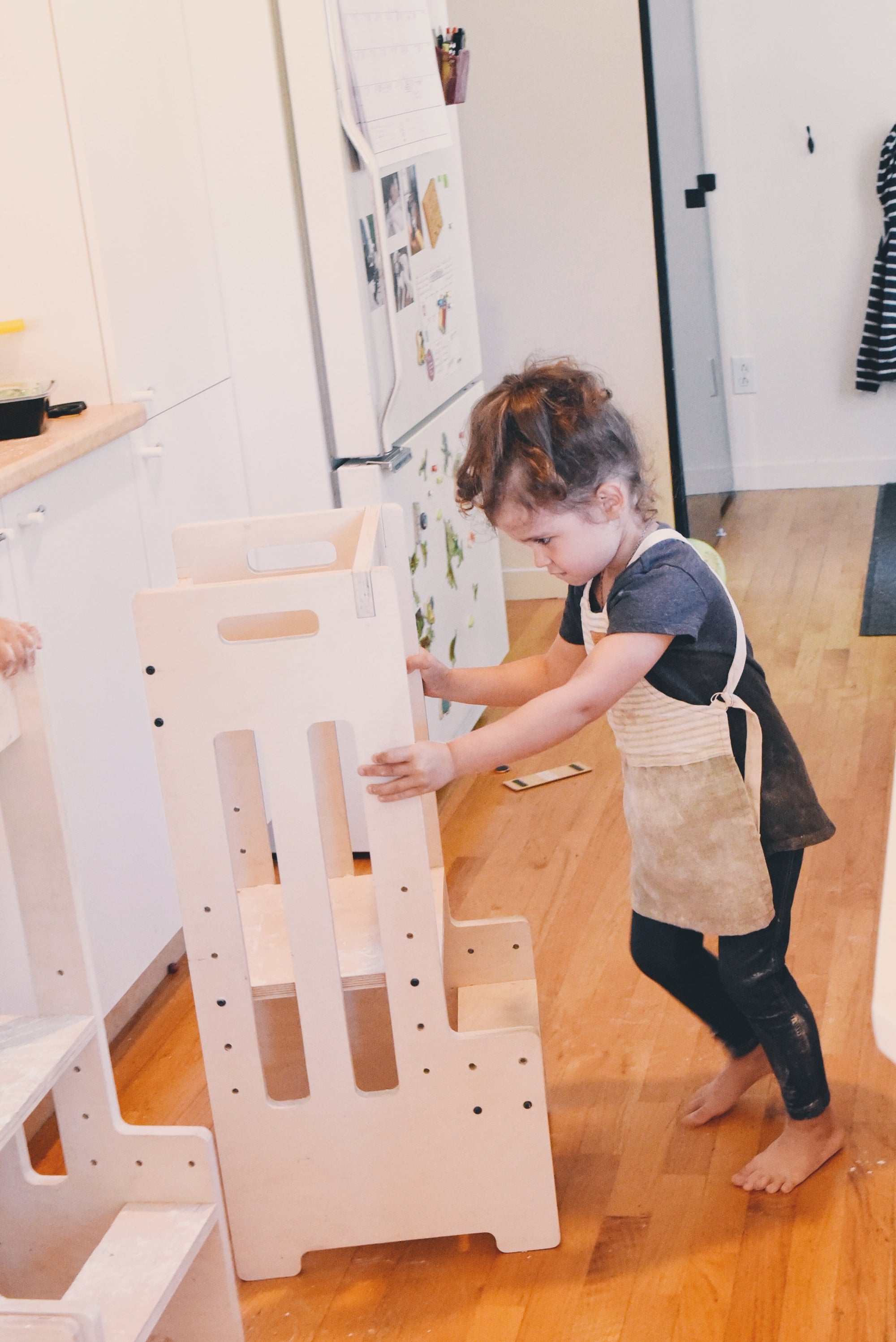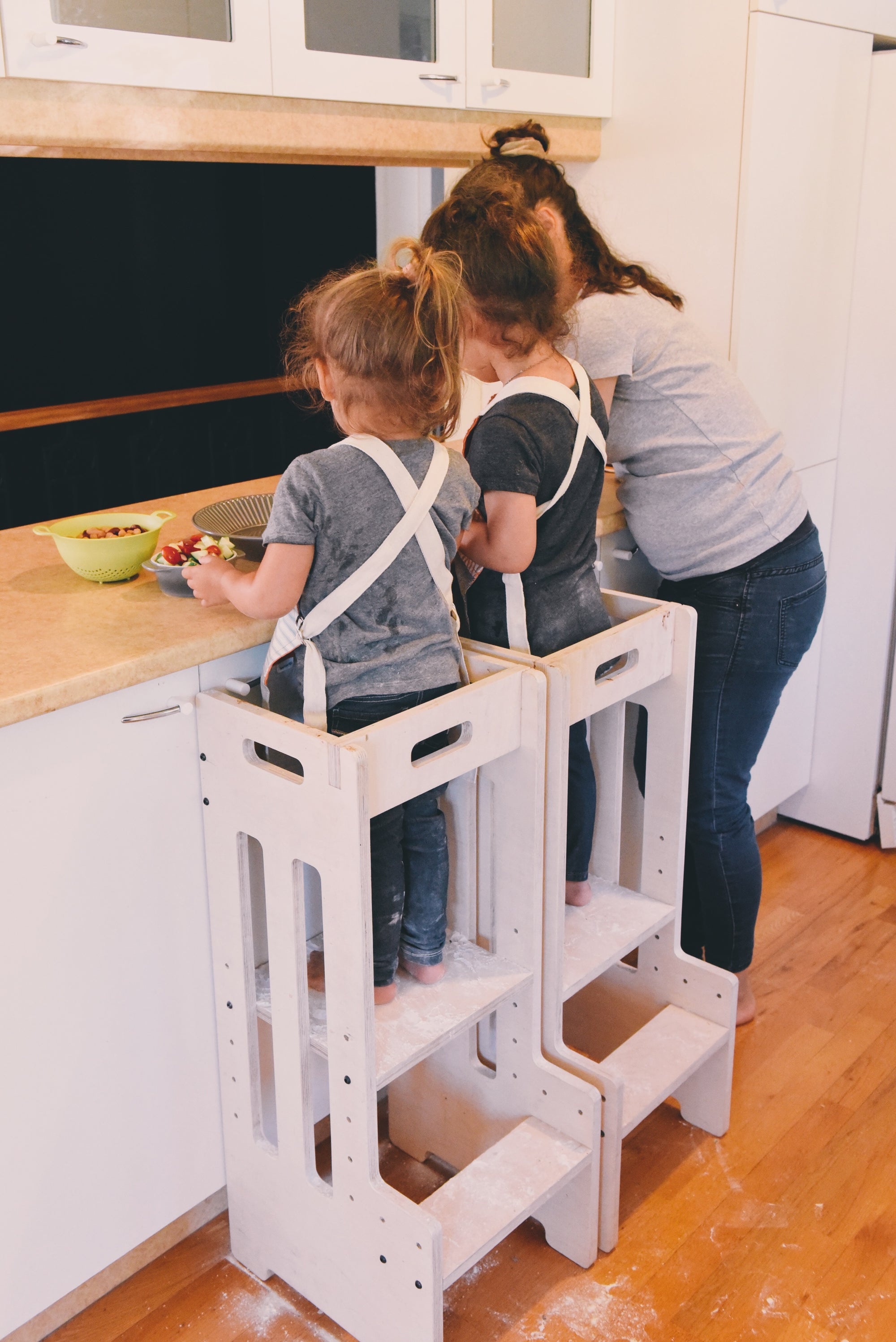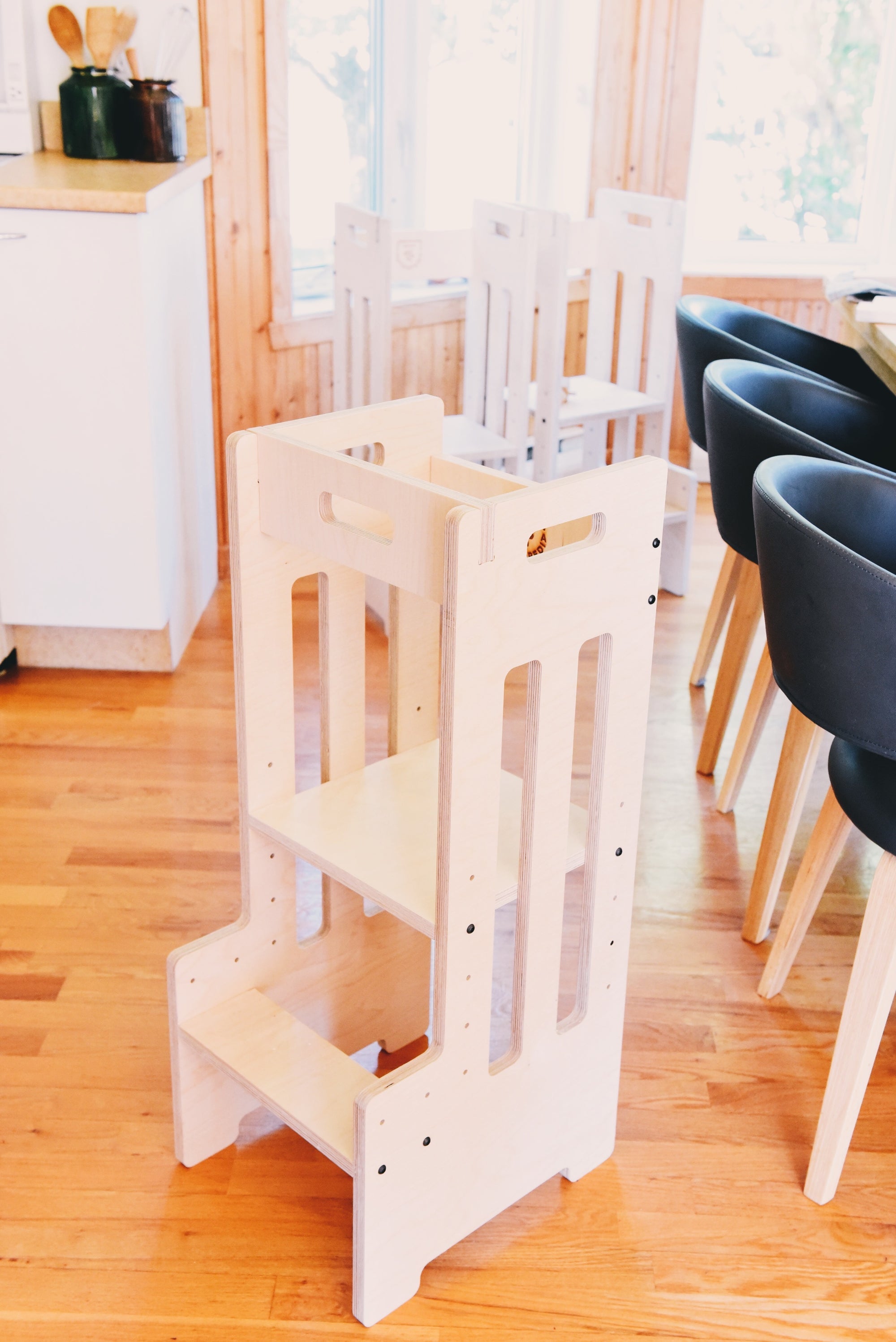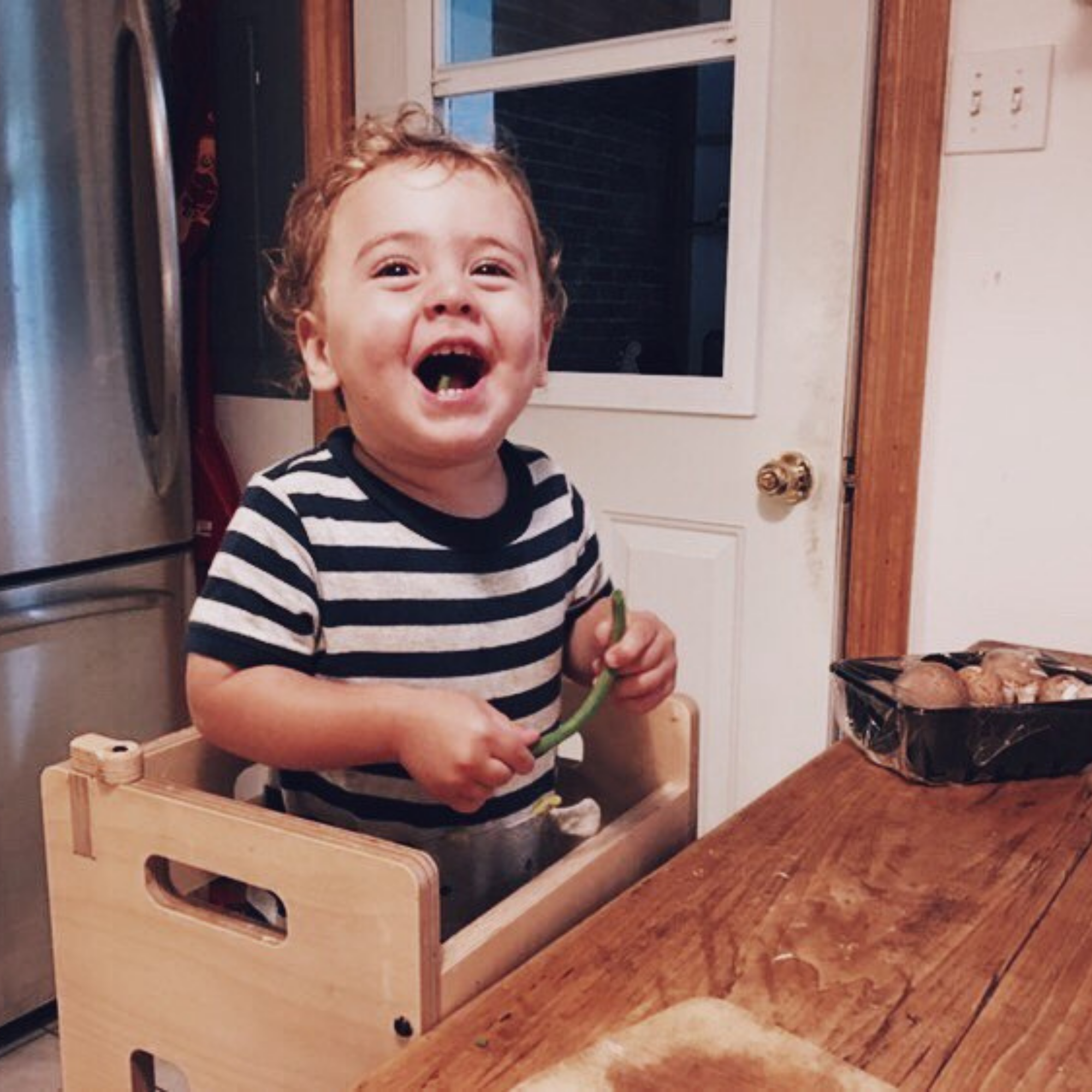
Edible Flowers: A Fun and Tasty Way to Connect with Nature
Flowers are not just beautiful to look at—they can also be delicious to eat! Learning to recognize and use edible flowers is a fascinating activity that allows children and their families to reconnect with nature while developing their culinary curiosity.
Why Introduce Children to Edible Flowers?
Learning about edible flowers offers many benefits:
-
Sensory awakening: Children discover new colors, textures, and flavors.
-
Connection with nature: Observing flowers in their environment helps them better understand ecosystems.
-
Food education: Learning to identify edible plants encourages a varied and healthy diet.
-
Fun family activity: It’s a great opportunity to share a joyful moment outdoors or in the kitchen.
-
Growing for their favorite chickens: Children love gardening and will be thrilled to grow edible flowers for their favorite chickens. Check out all the safe flowers for your chickens!

Which Edible Flowers to Discover?
Here are some easy-to-recognize flowers that can be incorporated into recipes:
-
Nasturtium: Its slightly peppery taste is reminiscent of radish. Perfect for enhancing salads.
-
Pansy: Sweet and colorful, it adds a decorative touch to desserts and drinks.
-
Marigold: Its orange petals have a subtle flavor and can be used as a natural food coloring.
-
Violet: Sweet and fragrant, ideal for candies and syrups.
-
Borage: Its blue flowers have a fresh taste similar to cucumber, perfect for salads and drinks.
-
Tagetes (French marigold): Its bright petals have a slightly spicy and citrusy flavor, great for seasoning dishes and infusions.

The Importance of Properly Identifying Flowers
Using color-coded labels to identify edible flowers is an excellent way to learn as a family while ensuring safe consumption. The edible flower, herbs and vegetables labels for seedlings and gardens, made in Quebec, provide a practical and fun solution for marking different cultivated varieties.
These labels offer:
-
Clear identification: Each flower is associated with a color and name, making recognition easier.
-
Visual learning: Children memorize flowers more easily thanks to illustrations.
-
Garden organization: Helps structure plantings and avoid picking mistakes.
With these educational tools, exploring edible flowers becomes even more accessible and enjoyable for the whole family! These visual markers allow children to better remember flowers and develop autonomy in their learning.
How to Learn as a Family?
1. Observe and Identify
During a nature walk or in the garden, take time to observe the flowers. Use a botanical guide or an app to identify edible species and add labels to recognize them more easily.
2. Grow Your Own Flowers
Planting edible flowers at home is a great way to learn while having fun. Children love watching their plants grow and harvesting them for cooking.
3. Experiment in the Kitchen
Incorporating flowers into simple recipes allows children to discover their flavors. Try floral salads, decorated cookies, or fragrant infusions.
4. Use the Garden Journal
Encourage children to draw the flowers they discover, note their characteristics, and write their taste impressions in the garden journal.
Precautions to Take
Before consuming flowers, it is essential to follow a few rules:
-
Ensure they are truly edible: Some flowers can be toxic.
-
Avoid flowers treated with pesticides: Prefer those from organic crops or your garden.
-
Use labels to prevent mistakes: Proper marking helps distinguish edible flowers from others.
A Fun and Educational Experience
Learning to recognize and cook edible flowers is an enriching experience that stimulates children's curiosity and strengthens family bonds. It’s a wonderful way to discover nature differently while awakening the pleasure of taste and culinary creativity. Thanks to color-coded labels, learning becomes even more fun and safe.
So, are you ready to explore the world of edible flowers? 🌸🍽️











